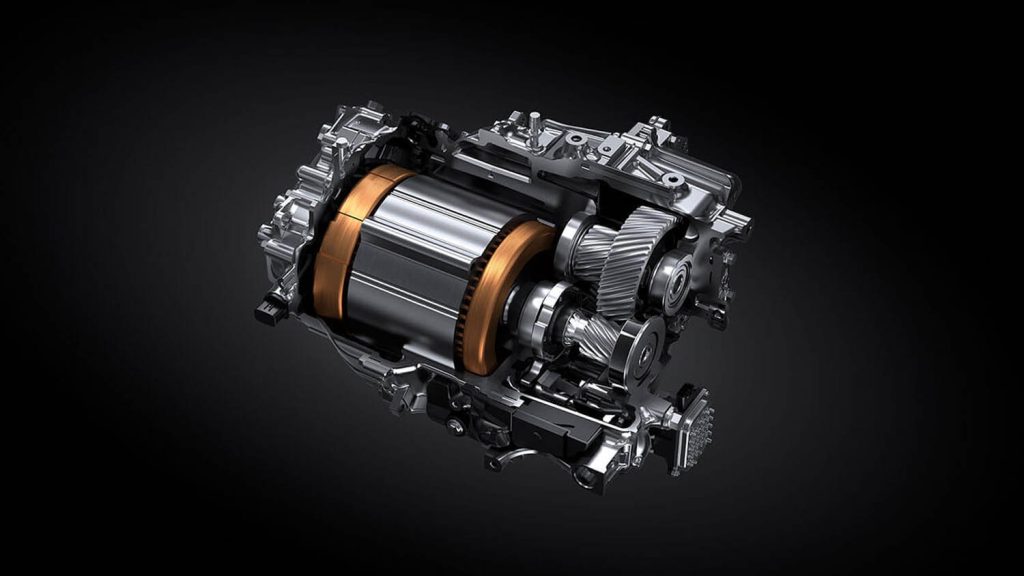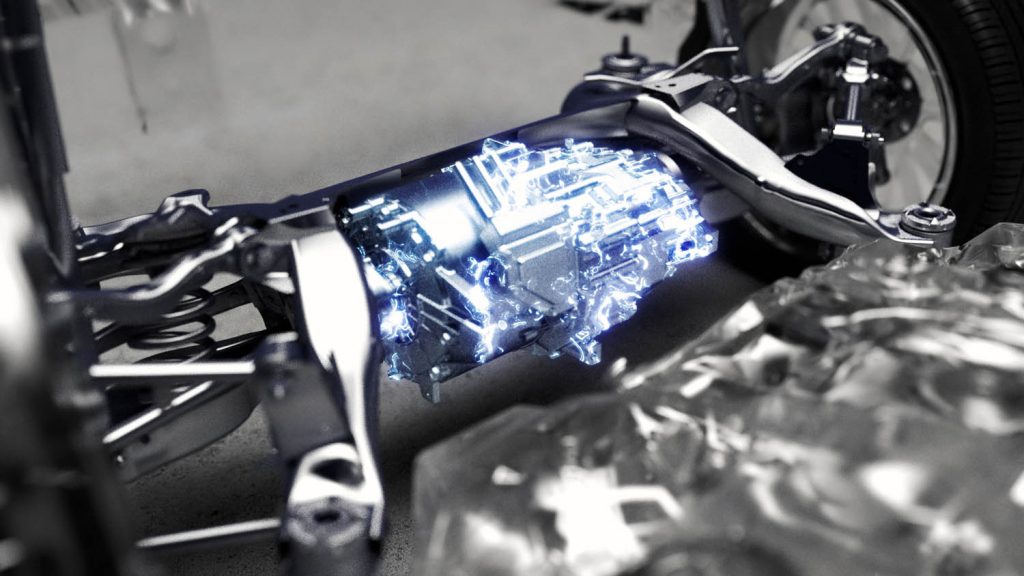Aisin Corporation designs, develops and manufactures nearly all of the components that comprise a modern automobile. We spoke with Manabu Kawaji from its component development group about the shift to electrification, and the role design optimisation software is playing
Owned by Toyota, Aisin Corporation develops and produces a huge range of components and systems for the automotive industry.
With the industry shifting to improve fuel efficiency and reduce materials that place a burden on the environment, Aisin is at the forefront of developing innovative electric drive units, heat management systems and electronically controlled brake systems.
“The powertrain division to which I belong develops a wide range of products including the eAxle, thermal management systems among others, that are essential in electrification vehicles and expand the sales ratio of electrification products to reduce CO2 emissions and promote fuel efficiency,” explains Manabu Kawaji, from the company’s component development group.
With demand for EVs rising, Aisin is committed to reducing the product development time.
“The classic procedure where drawings are created first, prototypes next, and then finally products, is not feasible anymore,” says Kawaji. “This is why we take advantage of simulation, to speed up the engineering process and virtually prove a design rationale in order to deliver high-quality products to customers within a short period of time.”
Aisin is looking to simulation technologies such as electromagnetic analysis, thermal design and optimisation to design electric powertrain units.
“Our customers usually provide us with requirement specifications to be used as a product overview, although it happens that we have to modify these specifications. This is the case where Esteco ModeFrontier design optimisation software becomes crucial for us in order to be able to present the optimal motor design to the customer based on the modified specifications.” Through use of ModeFrontier, the team can perform design exploration and optimisation studies and turn the data from it into valuable insights that help decide why a particular design is better than others.
Kawaji explains that ModeFrontier has become Aisin’s standard optimisation tool for motor design. “The software is equipped with many features that facilitate its application to a design process: from an automated workflow that makes it possible to integrate any engineering solvers to advanced post-processing analysis tools that help us to present design rationale, and the capabilities to distribute the computational workload of large-scale optimisation runs through grid computing.”
However, managing a wide range of simulation tools to perform various engineering analyses can be cost prohibitive, and not always the easiest to prove the effective use of the software and determine the return on investment, he says.
It’s in this scenario that ModeFrontier simulation process integration and automation capabilities help: Aisin integrates third-party tools such as GT-Suite, Simcenter Flotherm, JMAGDesigner, and MATLAB with the aim of performing multidisciplinary design optimisation studies.
Electromagnetic analysis
When performing electromagnetic field analysis, required to visualise the invisible physical phenomena of electricity and magnetic field and help clarify the design basis of electrified products such as motors, Kawaji’s team use JMAG-Designer.
This is where ModeFrontier comes into play. For example, the team would start with a 2D electromagnetic analysis of a magnet rotor performed by JMAG-Designer, which shows the amount of magnetic flux interlinkage in the permanent magnet. Then it integrates the JMAG simulation model into the ModeFrontier workflow to perform multiobjective design optimisation.
With this, the team can explore options for the inner/outer rotor shape and magnet shape that satisfy no-load rotation speed minimisation, starting torque maximisation and permanent magnet minimisation, keeping or even increasing the magnetic flux interlinkage.
“Thanks to ModeFrontier post-processing charts, we could visualise all the optimal designs on the Pareto front and then chose the ones with the lowest permanent magnet area and reduced no-load RPM which met our key requirements for production,” says Kawaji.
“In the end, this optimisation methodology allows us to achieve significant cost savings for our electric powertrain unit production.”
Kawaji explains that the company’s future plans are increasingly based around using a model-based development process that doesn’t require physical prototypes, although he says that the team is still investigating how to apply this methodology for thermal-related problems when designing and developing motors.
On the other side, Aisin is very interested in applying machine learningbased surrogate models to support the exploration of possible good solutions.
“There are various approaches such as creating surrogate models by integrating JMAG-Designer and ModeFrontier and using Response Surface Models [RSM] of ModeFrontier at least for the initial investigation phases. Indeed, we are working to reduce the simulation costs – hardware and software – by employing these methods,” says Kawaji. “
RSMs accuracy is very important to obtain adequate results. We are in the early stages of usage and now we are investigating how to improve the accuracy of the surrogate models based on our simulation data.”








